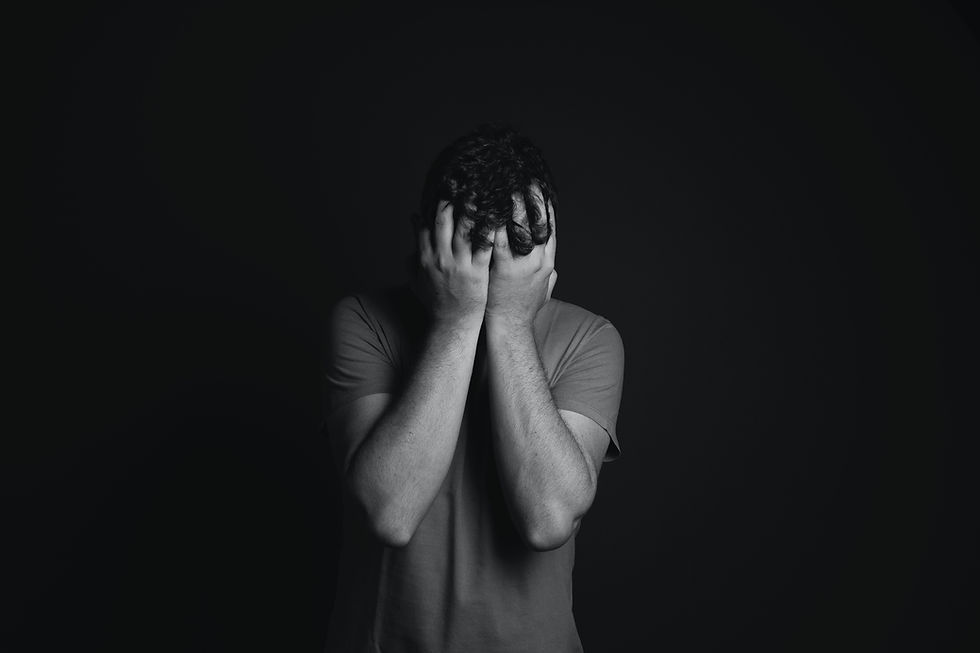How Much Impact do Fashion Choices Have on Our Mental Health?
- harismohammed514
- Aug 13, 2021
- 4 min read

Fashion. A blueprint to our subconscious mind, representing how we desire to be perceived by others, our self-esteem, and which groups of people we want to associate ourselves with. It’s the first decision of the day.
Walking into quarantine times many of us were left with a sense of relief, with the absence of daily outfit decision fatigue and no pressure to stay above the waves of latest trends. After a much-needed mental break from FOMO (fear of missing out), we are now getting back into the swing of things and many of us are looking at our wardrobes perplexed – unable to locate our identities. Probably due to the drastic personality changes we have undergone during such a hard time; we can almost feel disconnected from our ‘armour’, a large contributing factor to reopening anxiety.
Using fashion to self-medicate?
An outfit to others may be used as an exterior – almost as an armour from the world’s opinions – communicating the internal view of self-worth, confidence, and character. Even if I’m not feeling myself, my clothes remind me of who I know I am. The same principle applies when I wear old and baggy clothes. I almost assimilate to the symbolism of the outfit.
Think about it… you wake up, decide to get out of bed and you’re instantly greeted with a fashion choice. It’s probably not the prettiest little dress considering most of us still feel tired, but it’s representative of our mental state. A decision that (to most of us) is completely a subconscious effort, further proves the validity of this representation.
A little science behind fashion choices…
A 2012 experiment by a North-Western University in America concluded wearing specific items of clothing – with a symbolic meaning - led to psychological and behavioural shifts in the wearer. This effect is called ‘enclothed cognition’. Specifically, they conducted an experiment where a group of participants wore a doctor's lab coat - associated with high intelligence and a strong mind. Findings concluded that when compared to a controlled group with normal clothes, the experimental group had an increased level of selective attention. A real-life example is sexy underwear. It is something others don’t see as you walk around, yet it can have profound effects on self-confidence.
Enclothed cognition only occurred when two things were true: a) the participants wore the
coat and b) the coat was associated with a doctor. The initial statement is a matter of choice
of the consumer, we can decide how we want to feel and what to represent. Associations are formed by a brand, marketing, and influencers, and we desire to feel what they portray in their Instagram posts and adverts.
This is called vicarious reinforcement, which is when one perceives another’s consequence from a behaviour and desires the same, so they replicate the behaviour. You may be able to see how this is a trap, not only to keep up with trends and spend money but also an unrealistic expectation that cannot be maintained.
The downsides…
Although we (sub)consciously attempt to imitate behaviours through our fashion for a positive shift, we may be harming ourselves if our fashion doesn’t align with our ideas and beliefs. This is common considering many use fashion to change their mood/beliefs of oneself.
Imagine this, “I want to look fierce like Kim in that dress! Let me just find a replica on a fast-fashion site”. The dress arrives, you try it on and find yourself tugging away at corners and pulling the dress tighter. You don’t feel comfortable but more importantly, you don’t feel like what you think Kim feels like (and/or maybe it’s the ethical side to fast fashion that you don’t agree with). In psychology, this is called cognitive dissonance. So, we go back to the clothes that made us comfortable which strays from the original goal of developing character through fashion, leaving you with self-esteem and body issues.
Another issue regarding fashion is FOMO, something that you can argue is rooted from vicarious reinforcement. If we didn’t see successful people, models and influencers with beautiful clothes and their large followings, we wouldn’t have much of a desire to go buy that Prada bag (and I won’t even talk about the financials…) or keep up with the latest trends.
So, how should we dress?
Abraham, a fashion journalist, brings up an important issue; “Should we dress how we feel or how we want to feel? I think you should dress how you want to feel because you should focus on how you aspire to feel, instead of how you are feeling."
He continues, "By wearing the newest trends, people may be more accepting of you because you are following within this framework of what is acceptable in society at the time." His idea is to focus on manifesting our desired emotions by embodying a state of mind. You’re also shaping a perception of you and will most likely result in receiving different treatment – a direct effect on our mental wellbeing as feeling accepted is what brings us peace of mind.
Changing my wardrobe during lockdown in an attempt to bring me the confidence I felt I deserved to wear has had drastic positive effects on all aspects of my life. I feel seen, people are weirdly much nicer to me, and complement my style choices. The most important factor being that I also felt beautiful in my clothes and as if they represented me/my self-worth.
Washington State University found that FOMO is associated with loneliness, low self-esteem, low self-compassion and can be present at every age. Fashion can affect our mental state by amplifying what we already feel and that we can harness the power of enclothed cognition for our benefit.



Comments